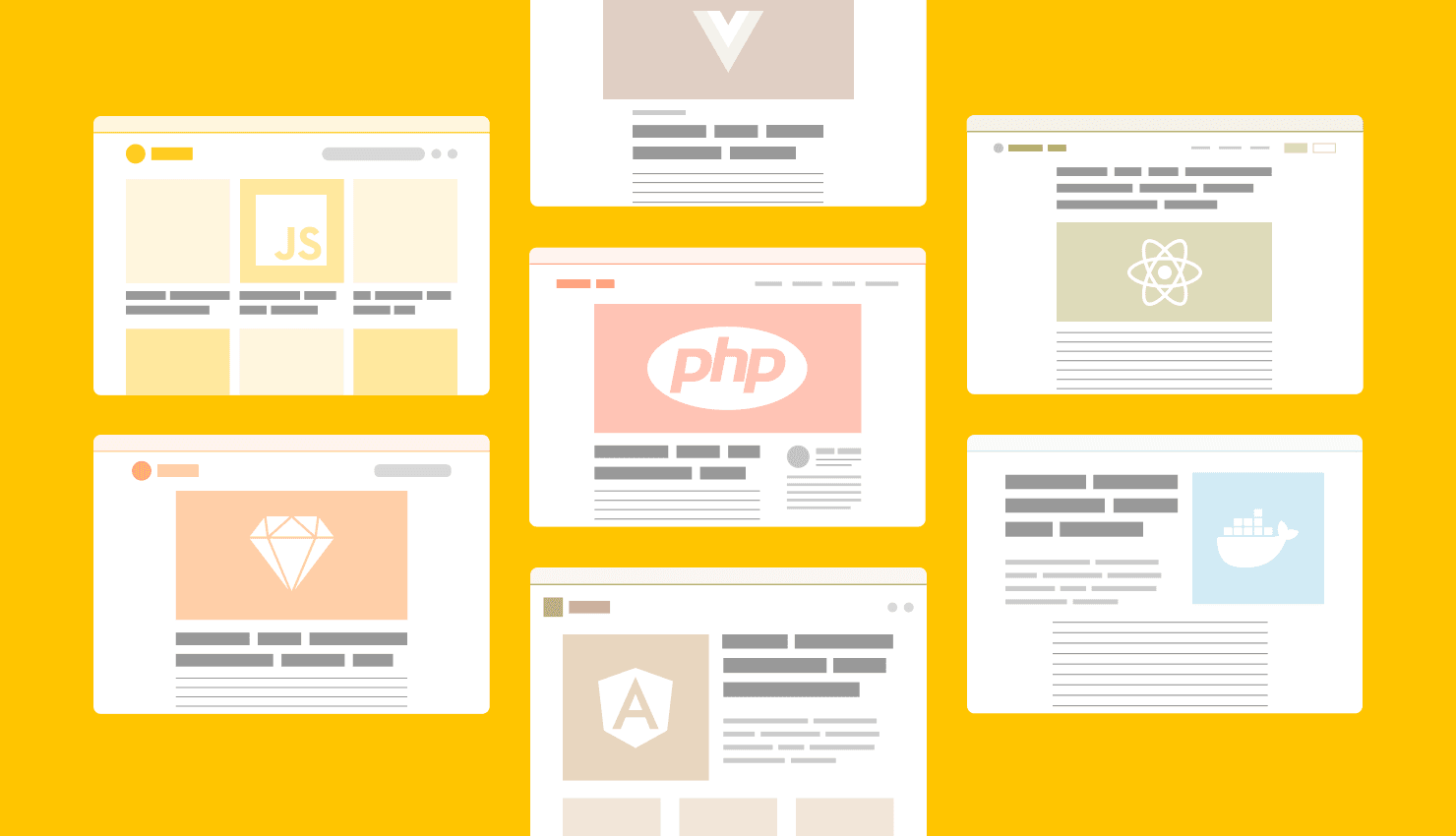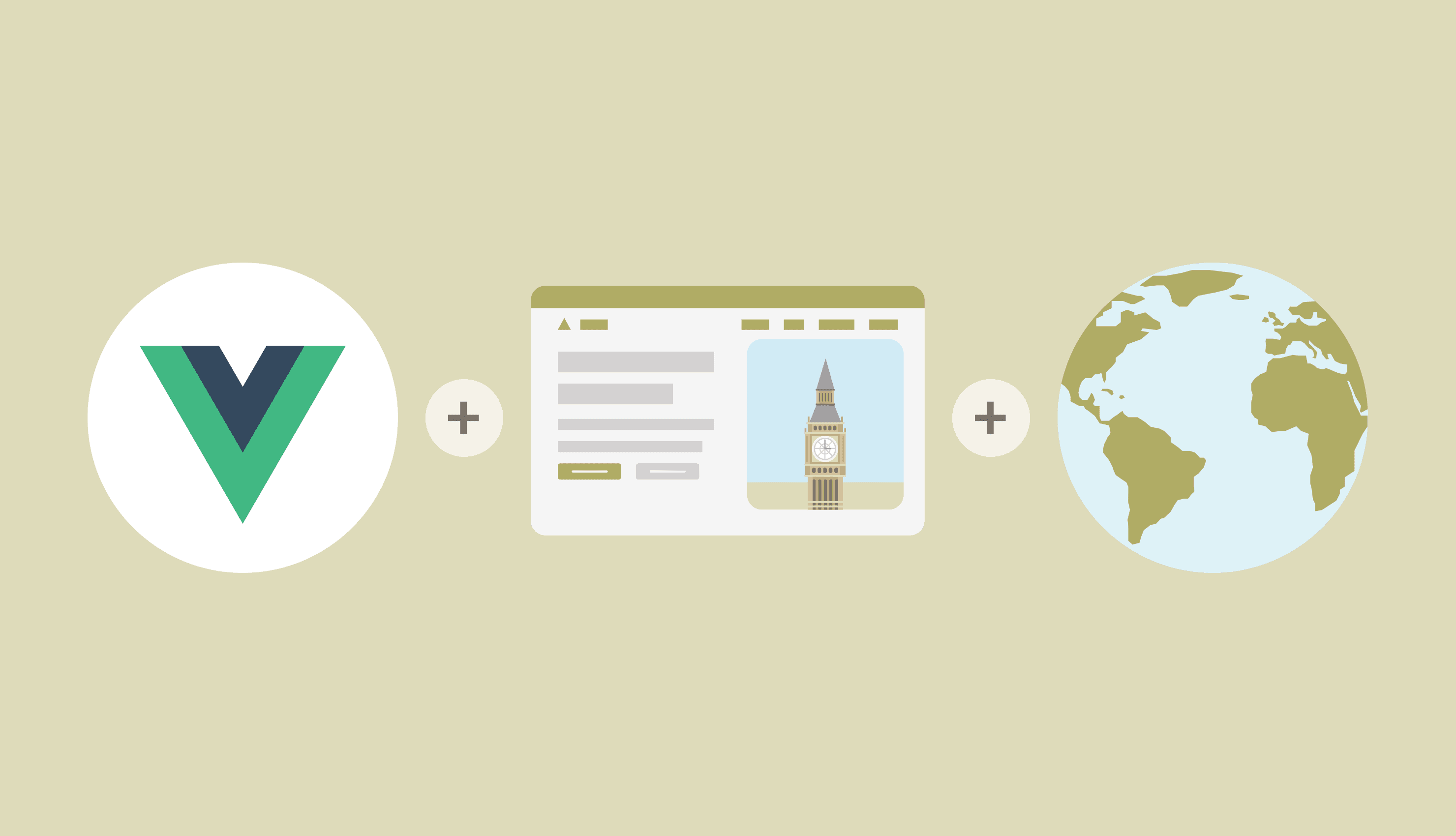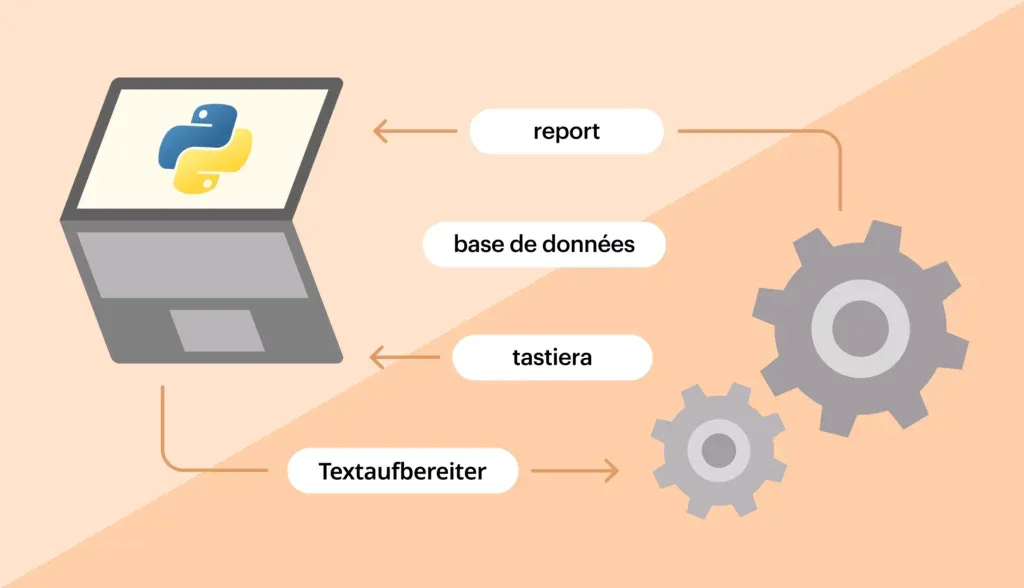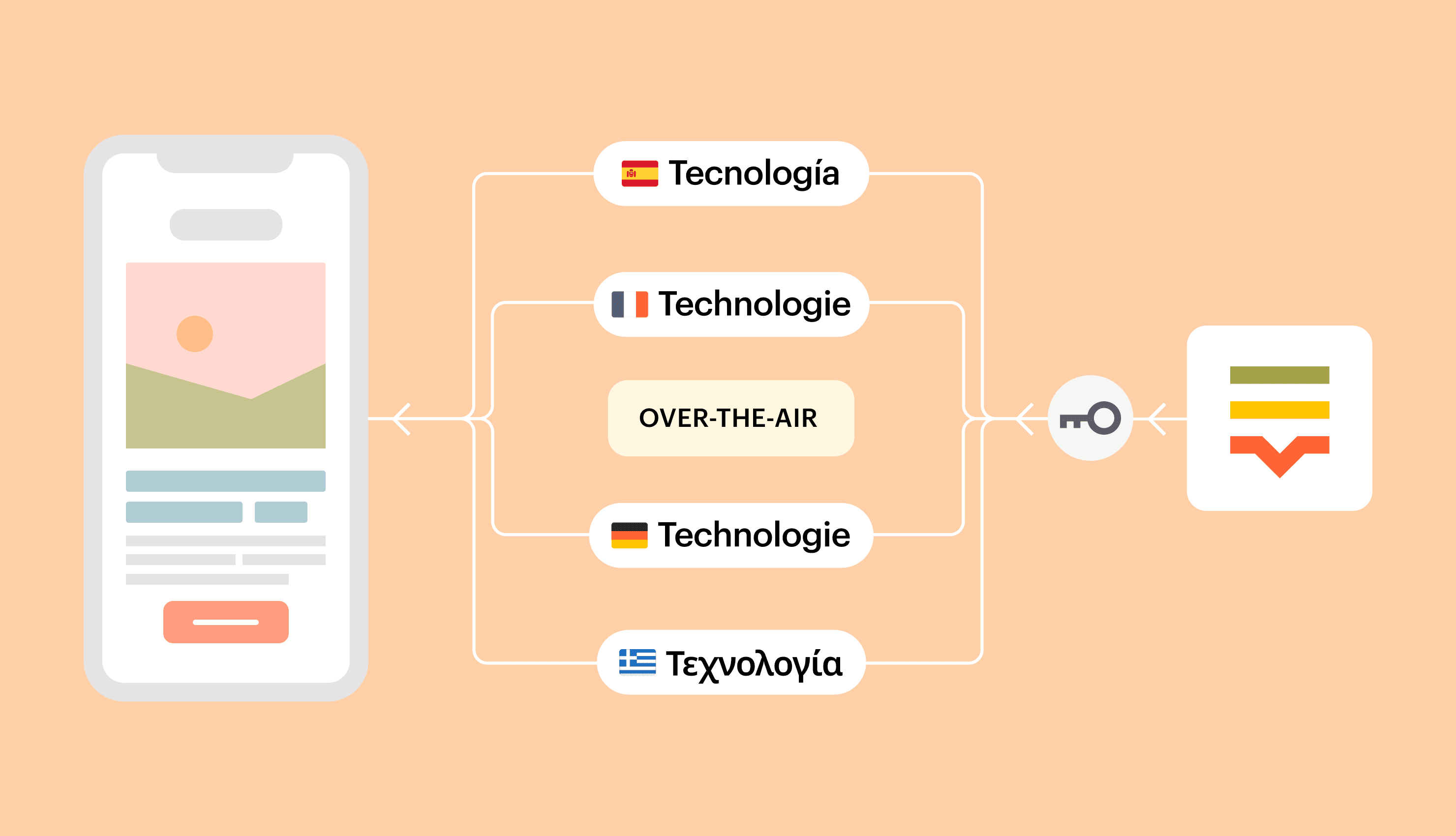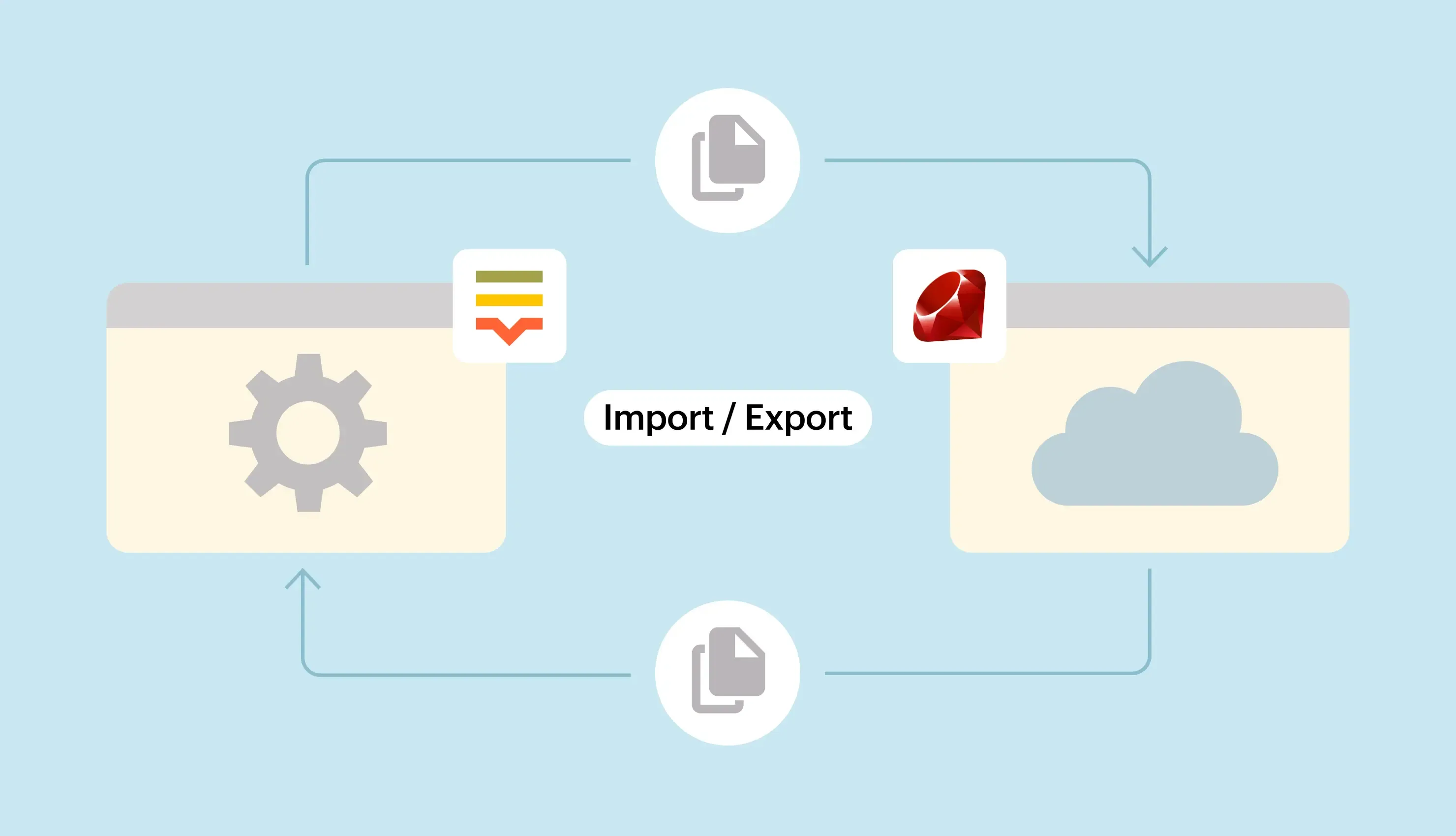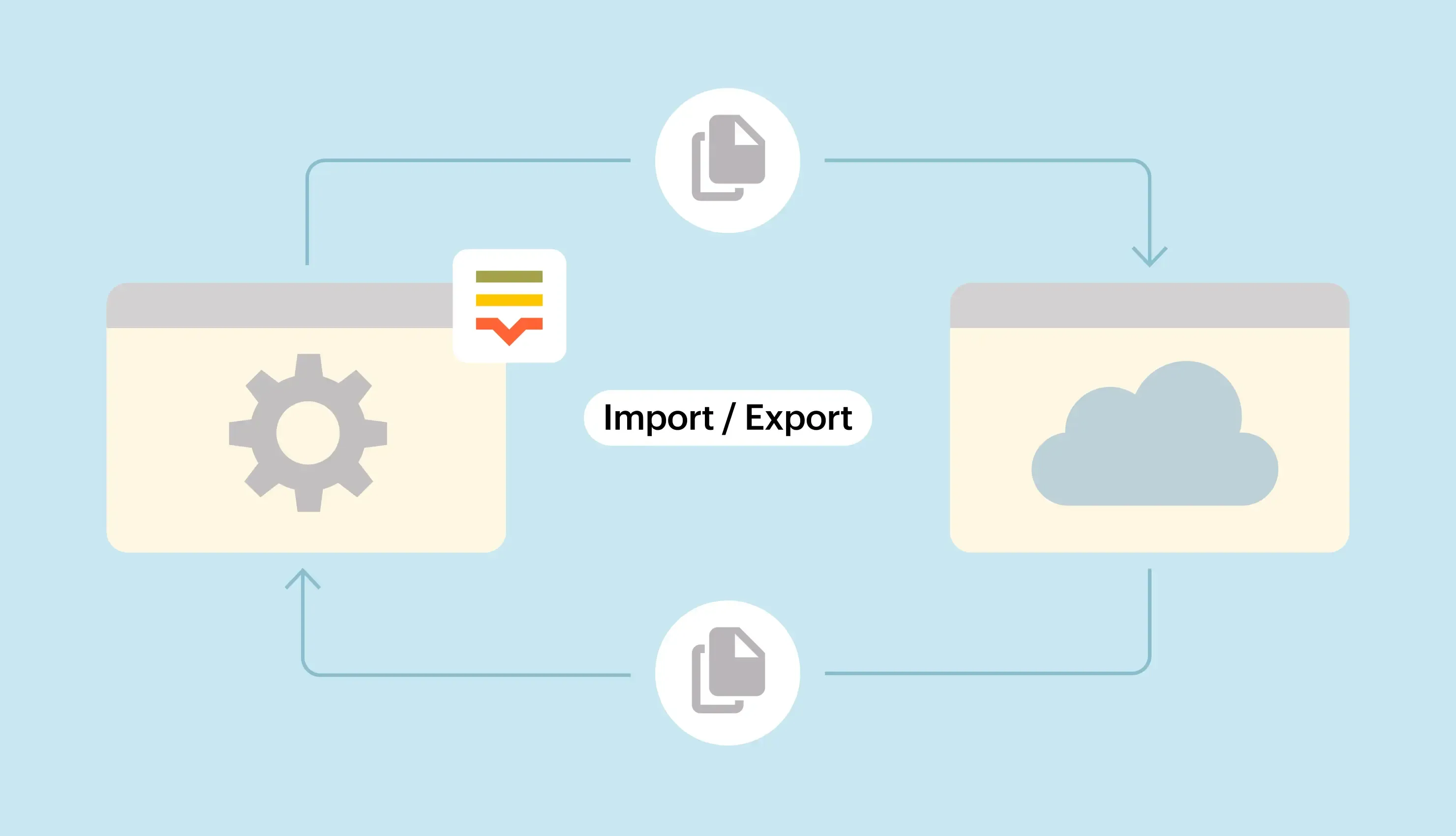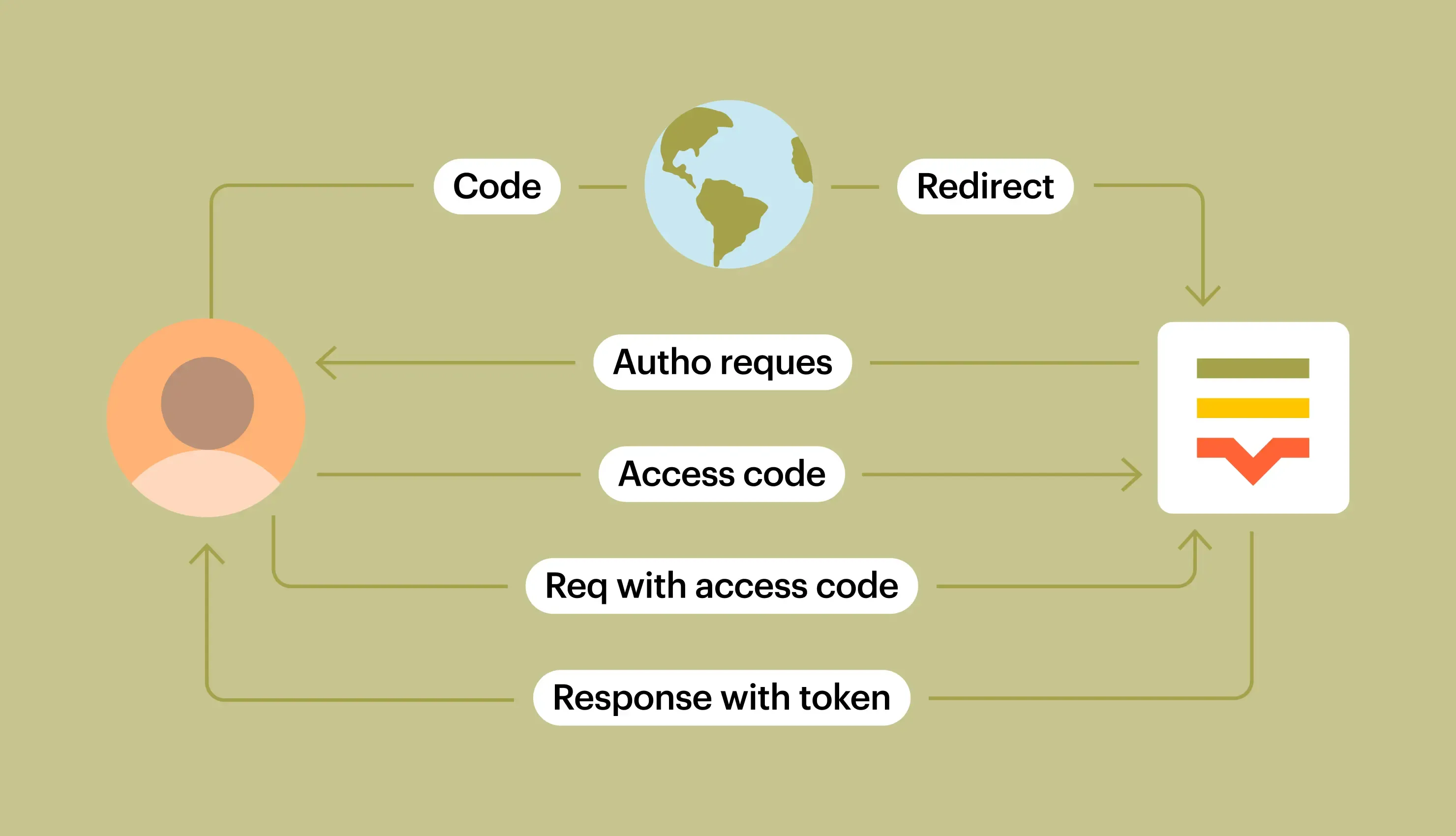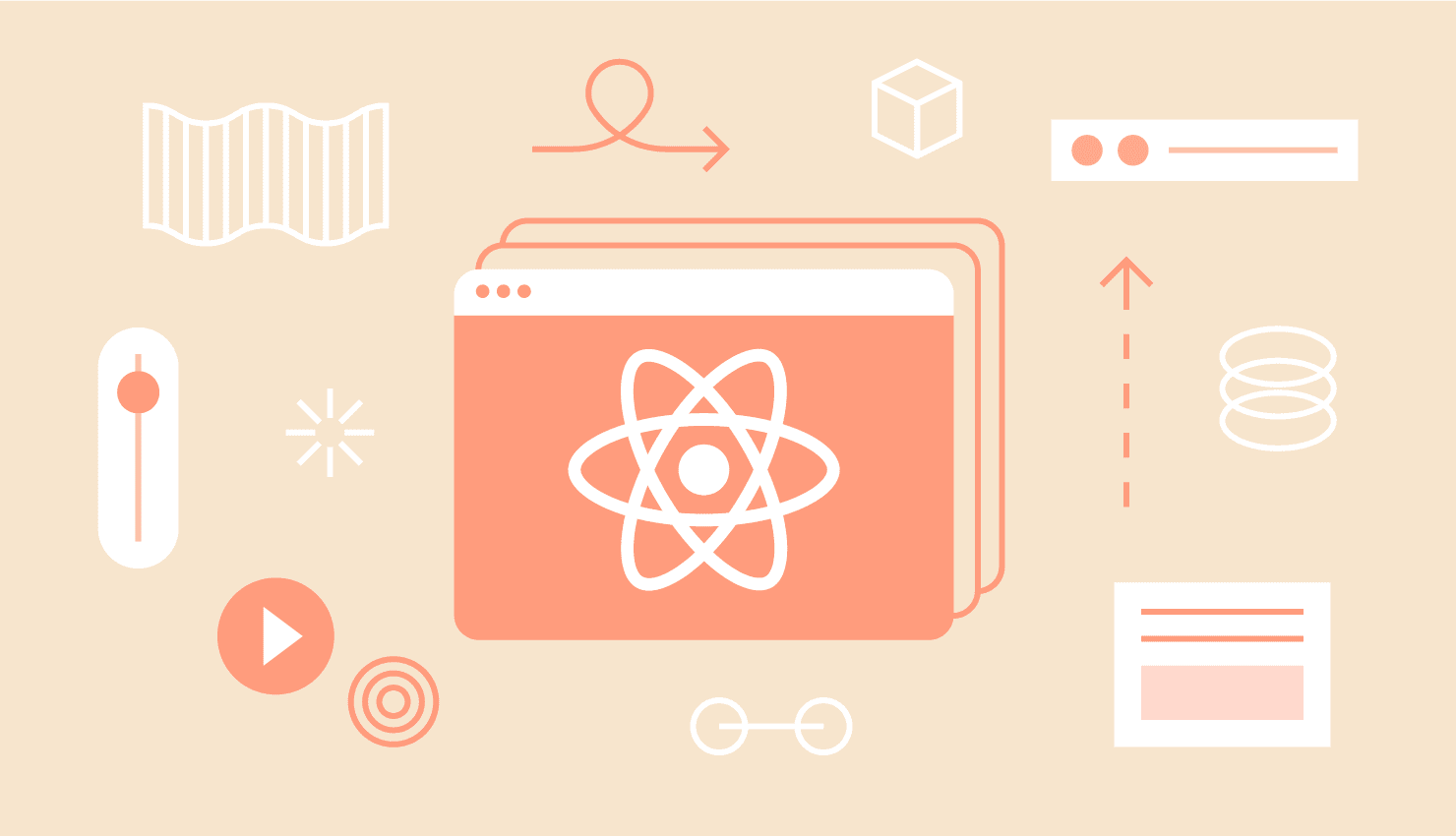23 must-read software engineering blogs every developer should follow
Whether you're debugging a stubborn production issue or architecting the next big feature, the right developer blog can be the difference between hours of frustration and an elegant solution. It can also be a good way to keep yourself updated on trending technologies and news. But here's the challenge: with thousands of dev blogs competing for your attention, which ones actually deliver value? Which ones consistently provide tried-and-true insights rather than
Updated on December 13, 2024·Dasun Nirmitha Vue 3 i18n: Building a multi-language app with locale switcher
Internationalization is an important yet often overlooked step in software development. In fact, software localization would not be possible without internationalization (
Updated on July 16, 2024·Ilya Krukowski How to translate languages in Python with Google Translate and DeepL (plus more)
In this tutorial, you will learn how to perform Python translation of nearly any type of text. I'll show you how to work with the Google Translate and DeepL engines using Python, how to detect the language of your texts, and how to automate language translation using a dedicated TMS. We are g
Updated on August 29, 2024·Ilya Krukowski Over-the-air and mobile SDKs: Recommended practices
As you might know, we've updated over-the-air (OTA) pricing model. It is based on gigabytes of sent data rather than monthly active users (MAU). It is more fair for everyone because we’ll only charge real usage. There are three factors that impact data usage: users, bundle size, and number of bundle releases. If you benefit more from OTA, you’ll use more data and have higher fees. However, if you optimize your usage, e.g., by optimizing your bundle size, you can reduce those
Updated on September 20, 2024·Ilya Krukowski Lokalise custom processors: Ruby on Rails
In this article, you will learn about a new Lokalise feature called Custom processor. The Custom processor app enables you to intercept translation keys uploaded and downloaded on Lokalise, then analyze or transform those as needed. Today I'll show you how to create a Custom processor using Ruby on Rails framework, set it up on Lokalise, and te
Updated on September 16, 2022·Ilya Krukowski Lokalise custom processors: Node and Fastify
In this article, we will discuss a new Lokalise feature called Custom processor. The Custom processor app enables you to intercept translation keys uploaded and downloaded on Lokalise, then analyze or transform those as needed. Here we’ll show you how to create a Custom processor using Node and Fastify, set it up on Lokalise, and test it.
Updated on September 16, 2022·Ilya Krukowski Lokalise OAuth 2: Acting on the user's behalf
In a previous article, we were discussing how to work with Lokalise APIv2 and perform common actions, like project creation, task assignment, file upload, and so on. However, in that post we employed regular user tokens to authenticate with the API, which might not always be desirable. In certain cases, your third-party app might need to interact with the API on behalf of multiple use
Updated on September 16, 2022·Ilya Krukowski React i18n: A step-by-step guide to React-intl
Internationalization or i18n is the design and development of a product, application, or document content that enables easy localization for target audiences that vary in culture, region, or language. Thus, React i18n is concerned with localizing React applications for different locales. The aim of internation
Updated on October 3, 2024·Anil 